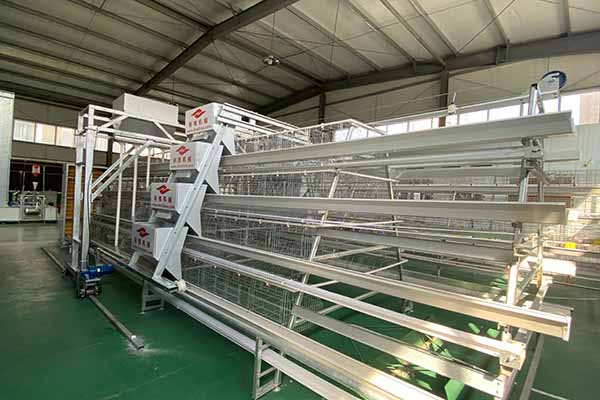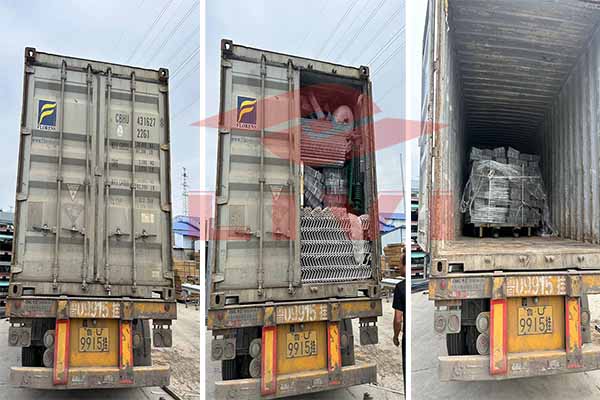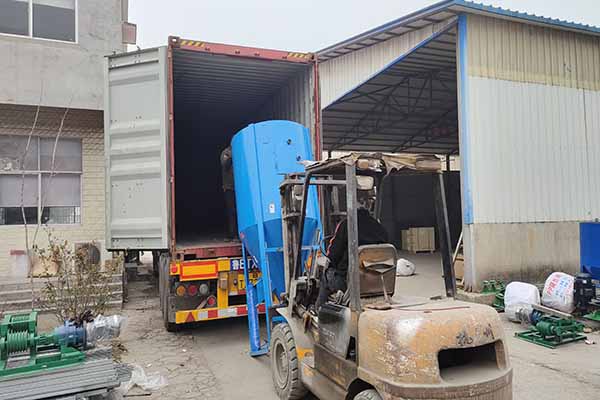Cage Model for Poultry Industrial Parks: A Comprehensive Guide
Efficient poultry farming is essential for the success of any industrial park. One of the most widely adopted systems is the cage model, which offers numerous benefits. In this article, we will explore the cage model for poultry industrial parks, its advantages, and the key factors to consider for optimal operation.
Understanding the Cage Model
The cage model is a closed-loop system designed to provide a controlled environment for poultry. This model ensures minimal human interaction and reduces the risk of disease transmission.

Advantages of the Cage Model
- Reduced Disease Risk: The confined space limits the contact between birds, thereby minimizing the spread of diseases.
- Increased Productivity: By providing a consistent environment, the cage model can lead to higher productivity and egg yield.
- Easy Monitoring: The system allows for easy monitoring of birds, ensuring that any issues can be addressed promptly.
- Resource Efficiency: The cage model requires less water and feed per bird, contributing to resource conservation.
Key Factors for Implementing the Cage Model
When considering the implementation of the cage model in a poultry industrial park, several key factors should be taken into account:
- Space Planning: Ensure adequate space for the number of birds intended to be housed.
- Airflow and Ventilation: Proper airflow is crucial for maintaining a healthy environment and preventing respiratory diseases.
- Environmental Control: Use systems to regulate temperature, humidity, and light to ensure optimal bird health.
- Feeding and Watering Systems: Automated systems can provide accurate feed and water intake, reducing waste.
- Disease Management: Implement strict biosecurity protocols to prevent the introduction and spread of diseases.
Case Study: Successful Implementation of the Cage Model
In a recent study, a poultry industrial park in China adopted the cage model. After one year of operation, the park reported a 20% increase in egg production and  a 15% reduction in feed conversion ratio. This success can be attributed to the careful planning and implementation of the cage model.
a 15% reduction in feed conversion ratio. This success can be attributed to the careful planning and implementation of the cage model.
Table 1: Comparison of Cage Model vs. Conventional Poultry Farming
| Parameter | Cage Model | Conventional Farming |
|---|---|---|
| Disease Risk | Low | High |
| Productivity | High | Medium |
| Resource Efficiency | High | Low |
Implementing the cage model in a poultry industrial park can lead to significant benefi ts. By following the guidelines outlined in this article, farmers and investors can make informed decisions to maximize their profits.
ts. By following the guidelines outlined in this article, farmers and investors can make informed decisions to maximize their profits.
For more information on implementing the cage model in your poultry industrial park, or to request a free chicken farming design plan and equipment quotation from LIVI Machinery, please feel free to leave a comment below.




